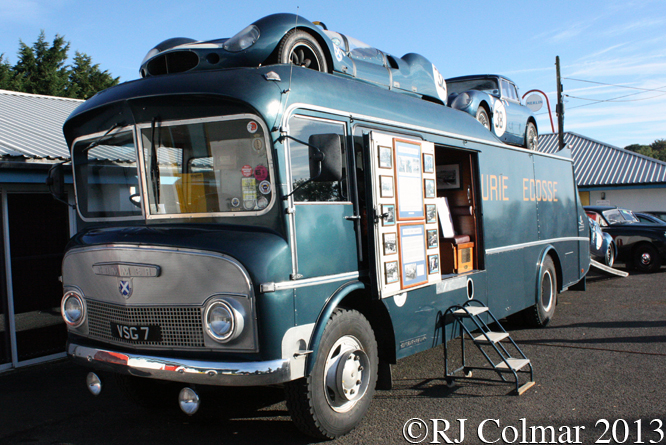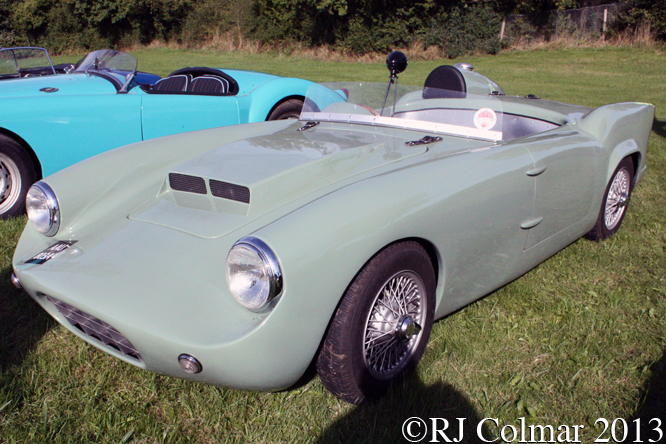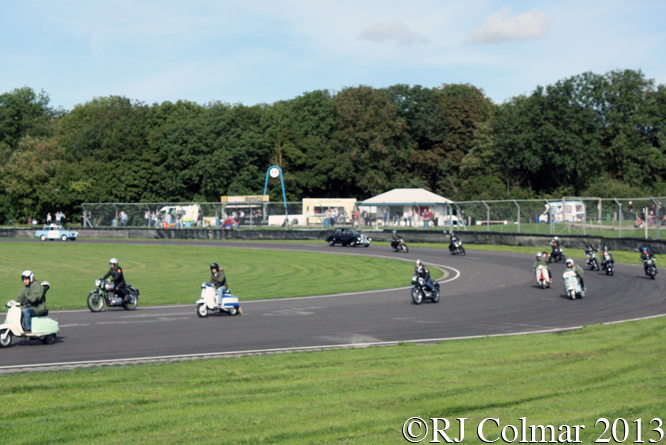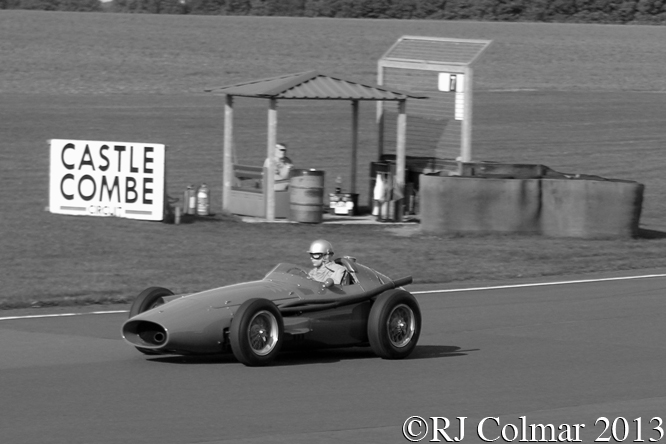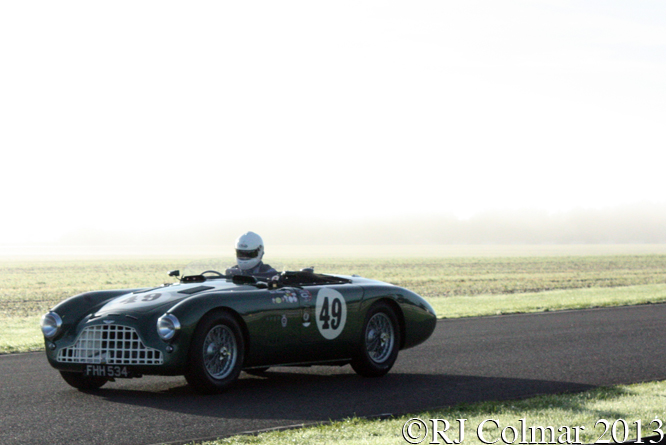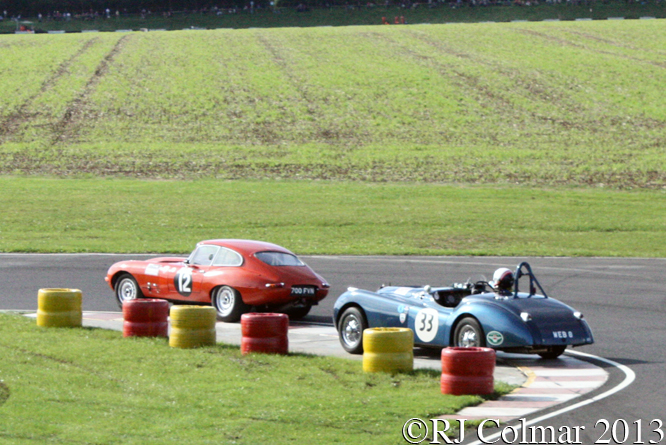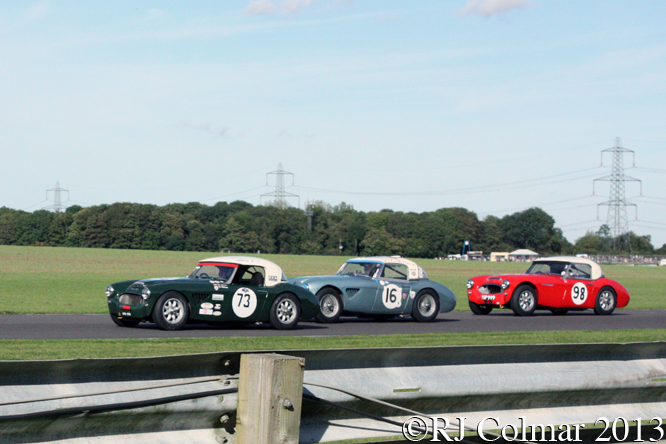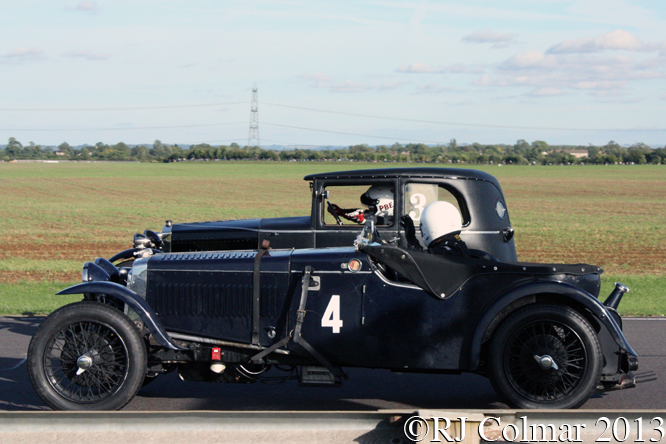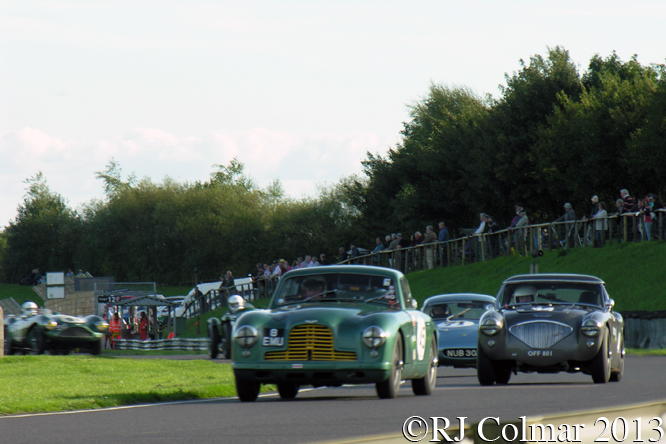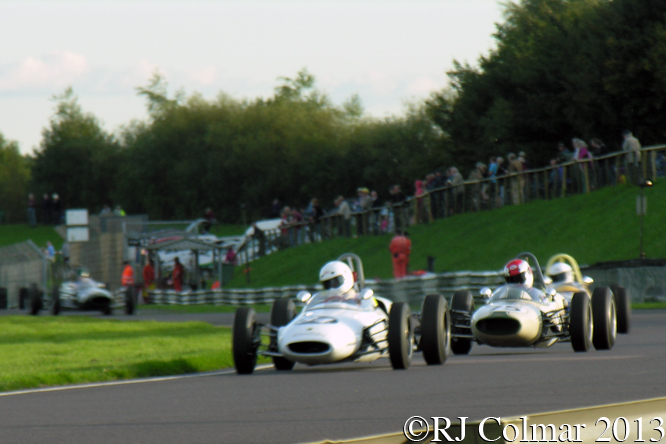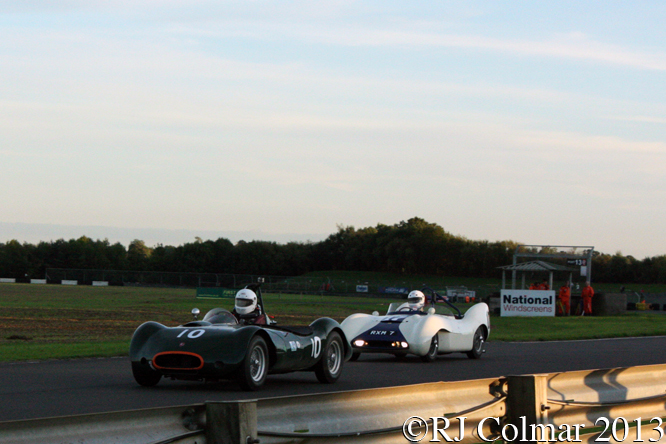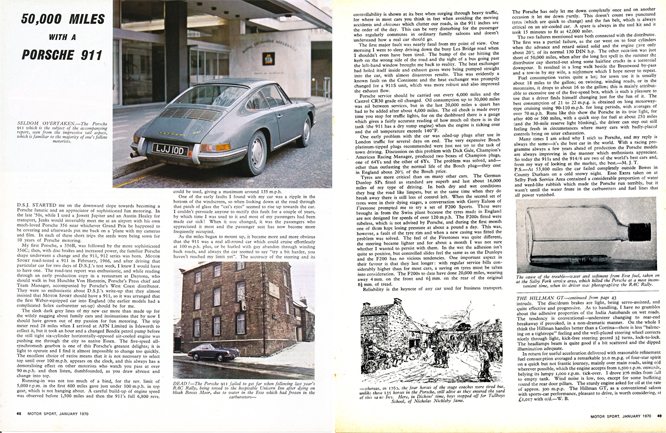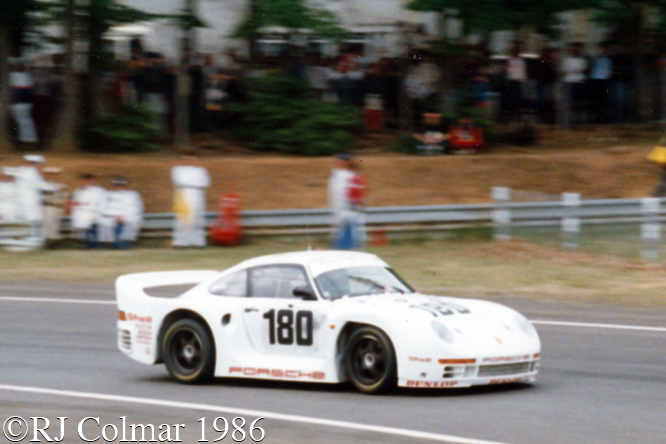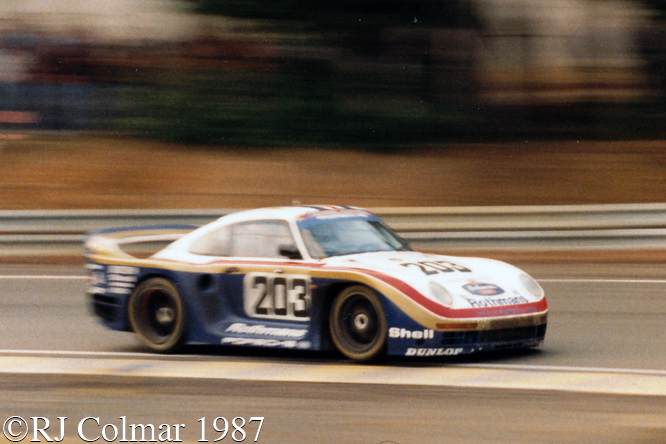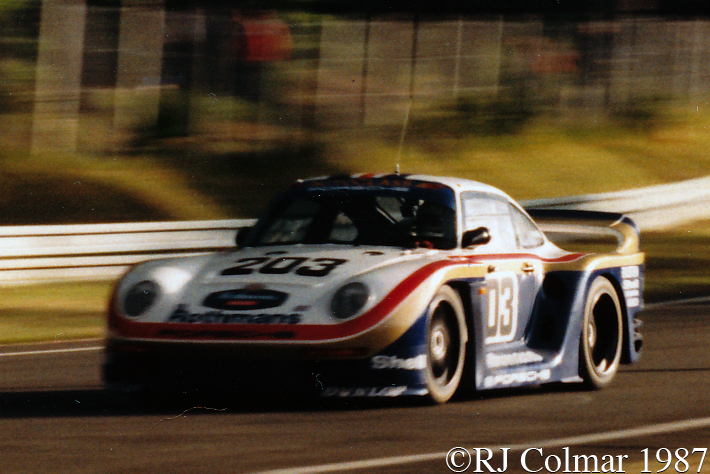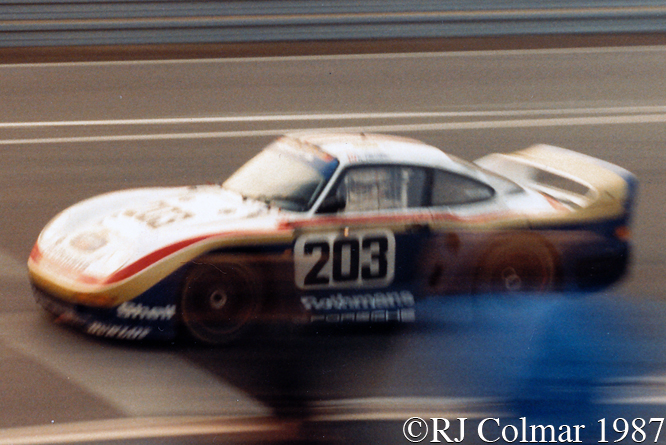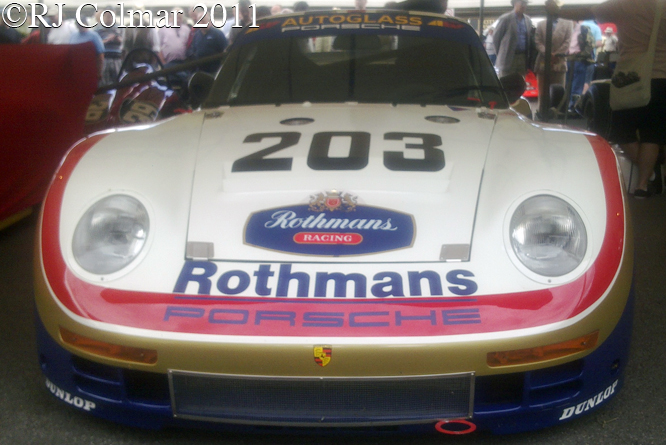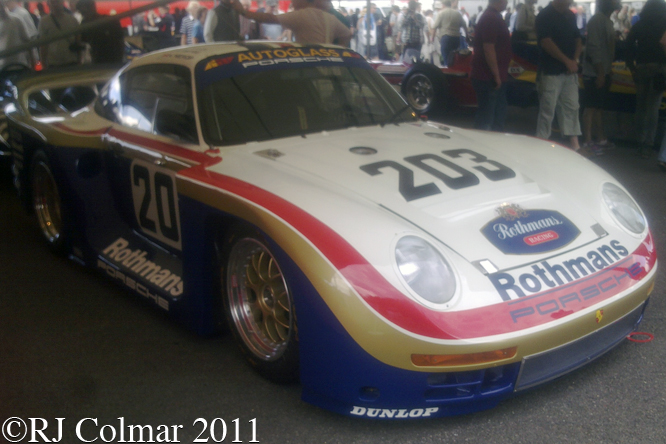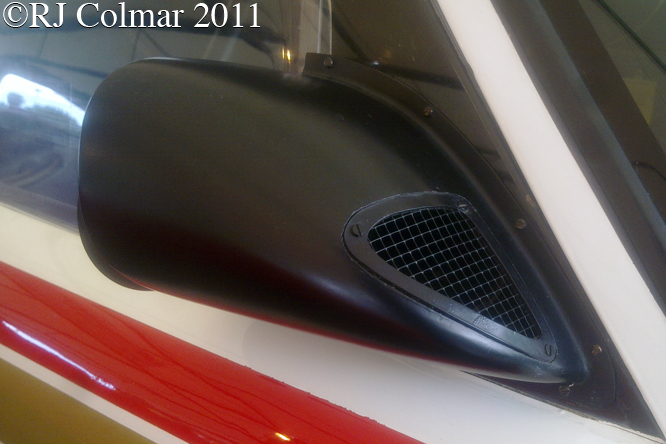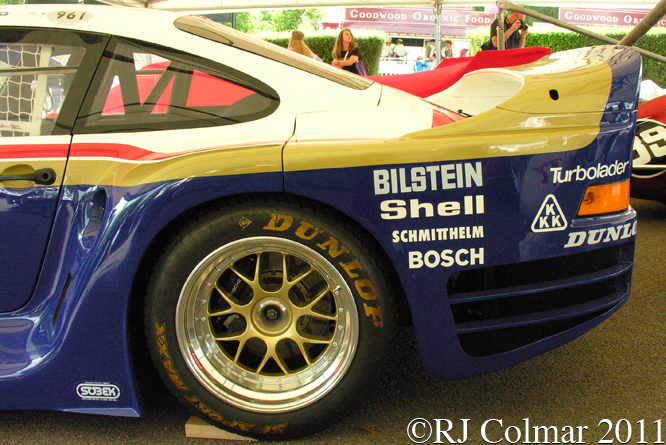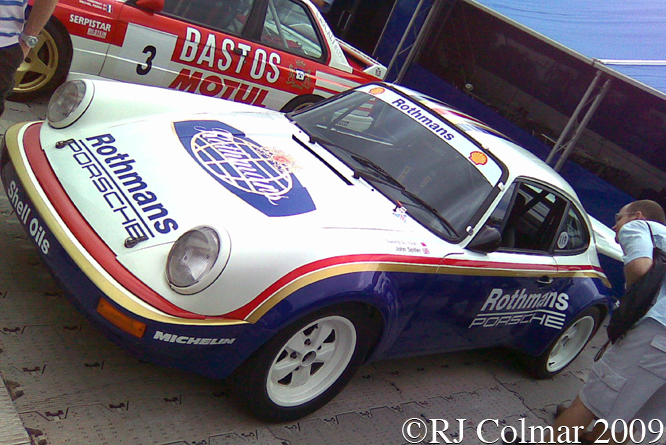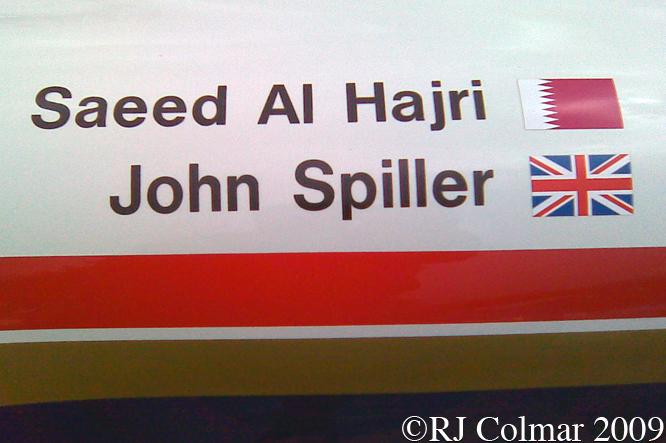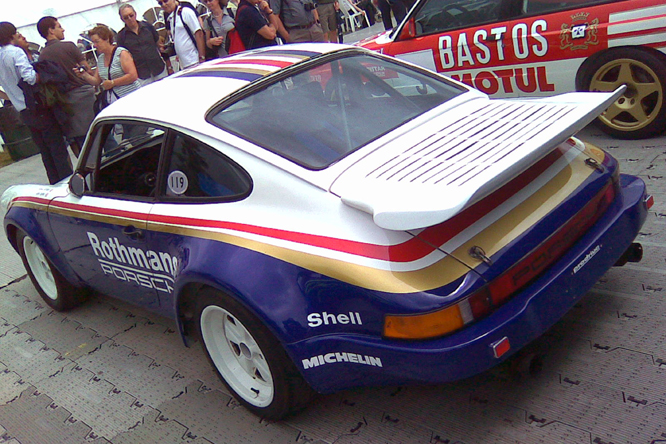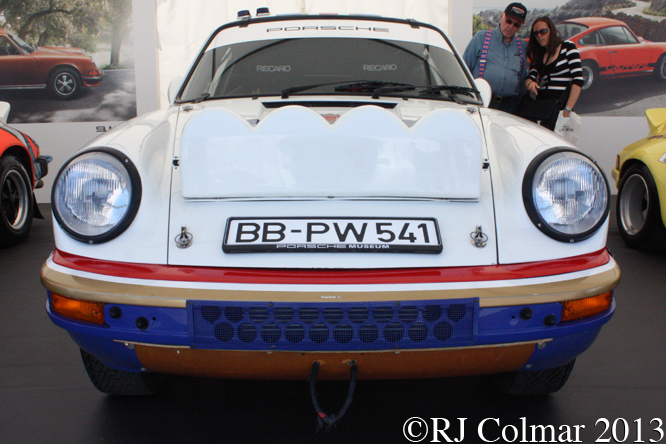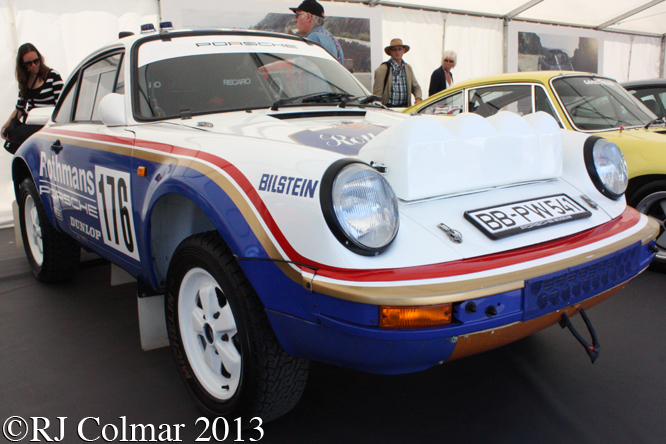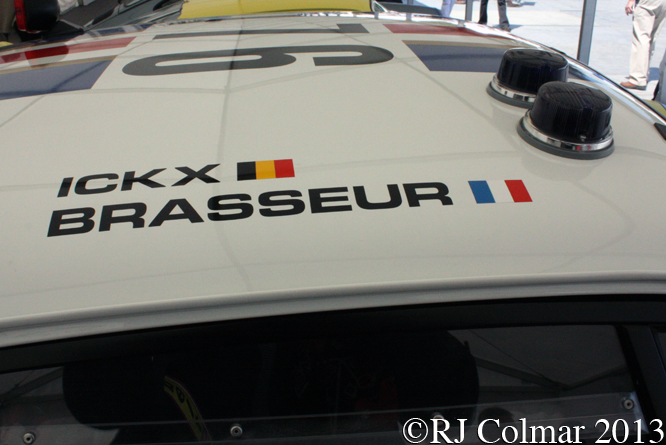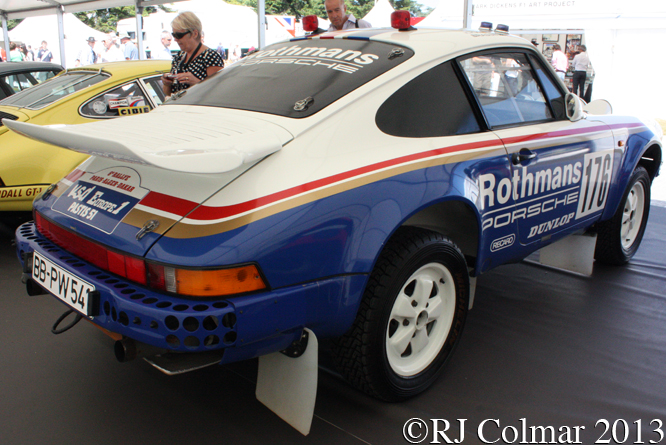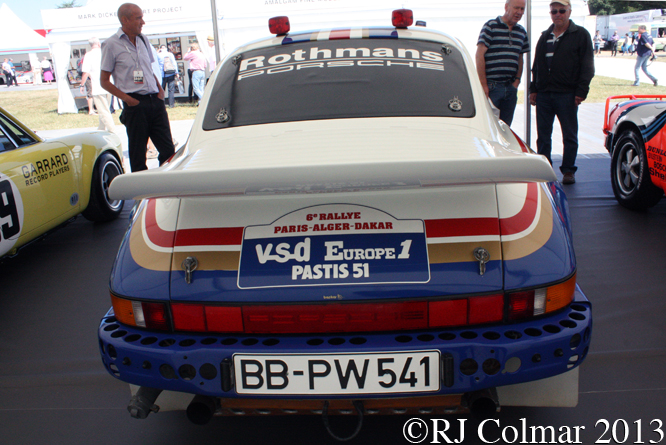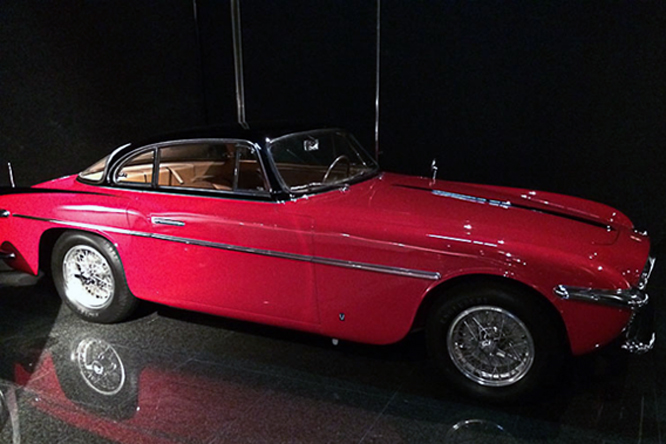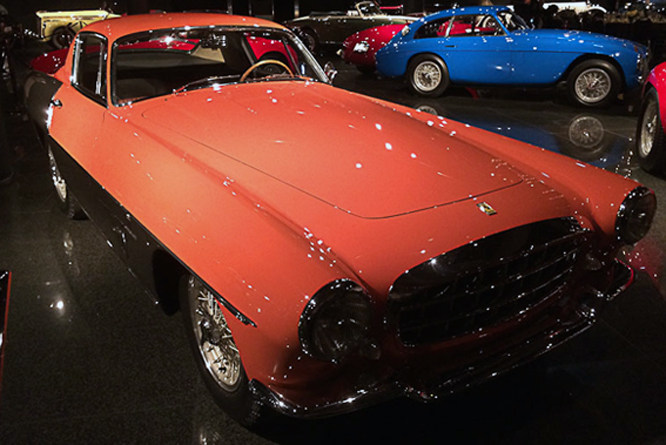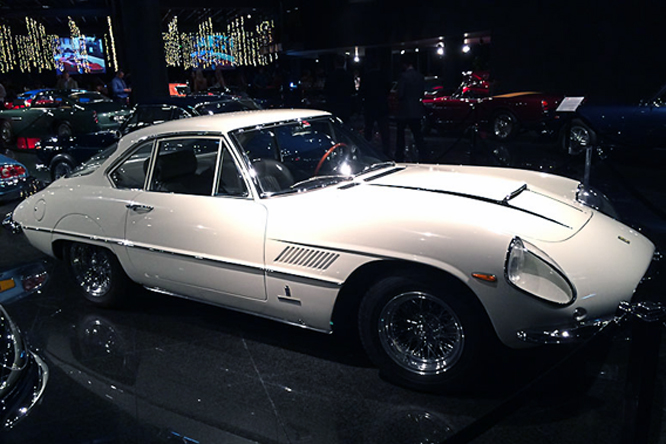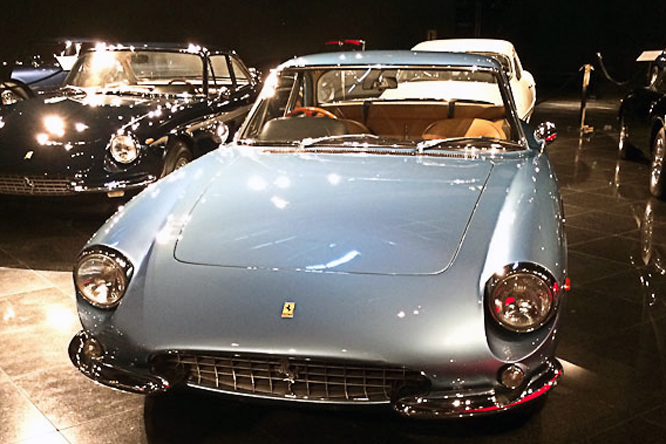In late 1988 Ford launched the tenth generation Ford Thunderbird featuring; a 140 hp (Canadian) Essex V6 motor, 4 speed automatic transmission, independent suspension on all four wheels and rear wheel drive and a 19 gallon fuel tank. The combination of independent suspension and rear wheel drive was shared with just two other North American models the Mercury Cougar and Chevrolet Corvette.
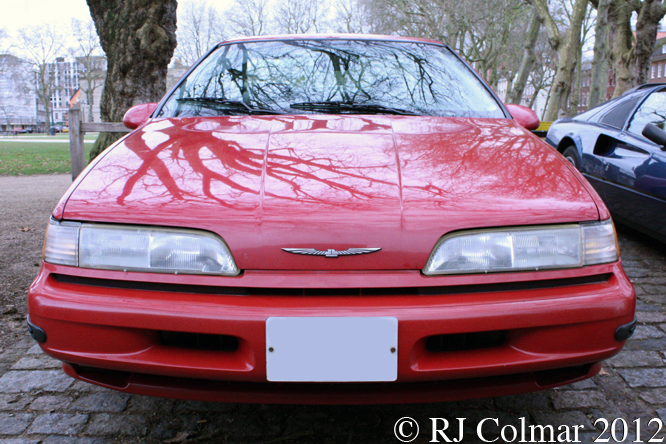
While the new car was lauded by the press behind the scenes at Dearborn the team responsible for the car were were heavily criticised for building a car 250lbs / 110 kgs over the target weight and $900 over the the target cost price. Anthony “Tony” S. Kuchta who was responsible for the MN12 platform shared between the Thunderbird and Cougar that featured the independent suspension and rear wheel drive that accounted for a large part of the overruns voluntarily retired early 6 months after the 10th generation Thunderbird’s launch, because the Ford Management directed their criticism at his staff rather than him personally.
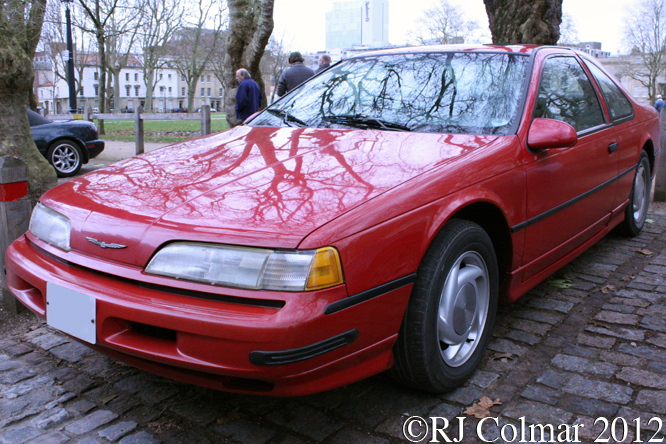
Today’s featured ’91 Thunderbird is fitted with a 210 hp supercharged version of the (Canadian) 3.8 litre / 231 cui Essex V6 which boosted the rest to 60 mph time from around 11.2 second to 7.2 seconds. In 1991 a 5 litre / 302 cui V8 option was also introduced with a rest to 60 mph time of 9.2 seconds.
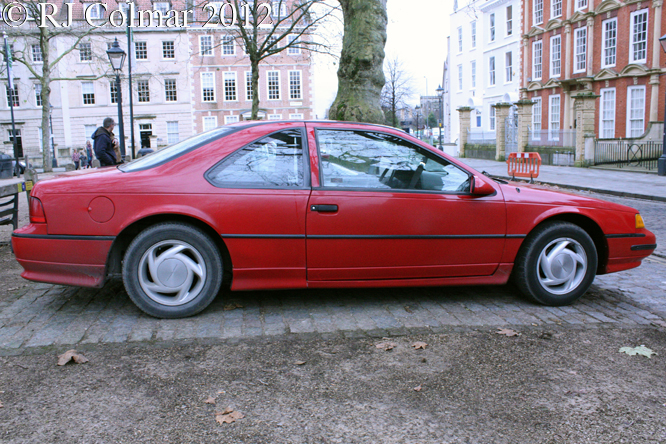
The Thunderbird SC came with all round vented disc brakes with anti lock system, 16″ x 7″ wheels, adjustable shock absorbers, limited slip differential, 5 speed manual transmission and speed sensitive variable assist steering.
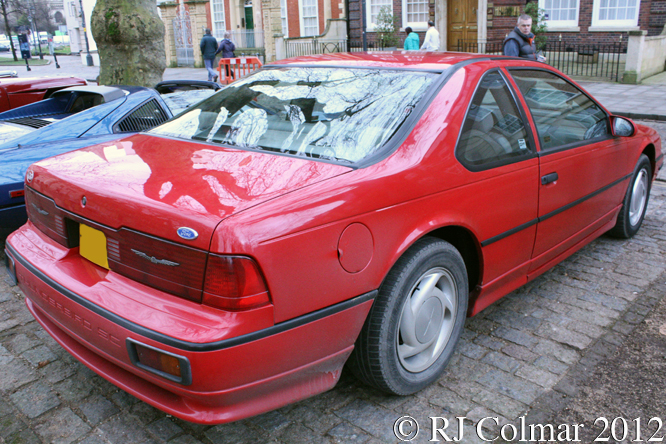
In 1990 on a week long vacation in Connecticut with some friends I hired a regular Thunderbird and was amazed that it could easily seat 4 adults and two kids, when we all piled out of the car our hosts just fell about laughing telling us the view reminded them of a scene from 101 Dalmatians.
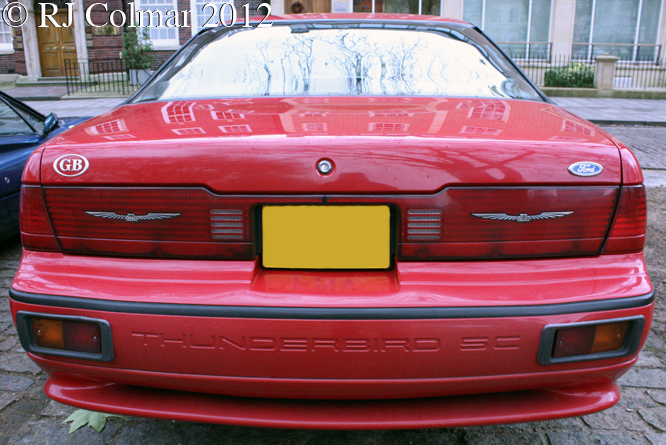
In 1992 outside shot owner driver Alan Kulwicki won NASCAR’s Sprint Cup at the last race of the season with his Tenth Generation Thunderbird bodied car baring the legend “Underbird” on the front splitter.
961,624 Tenth Generation Thunderbirds were built between 1989 and 1997 the model range received minor exterior detail changes and upgrades in 1992, 1996 and 1997 the last year of production. The model was discontinued from 1998 until 2002.
Thanks for joining me on this “Over Budget & Over Weight” edition of “Gettin’ a li’l psycho on tyres” I hope you will join me again tomorrow for Ferrari Friday. Don’t forget to come back now !


